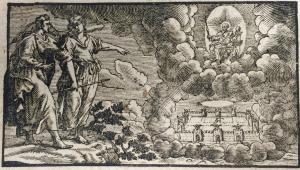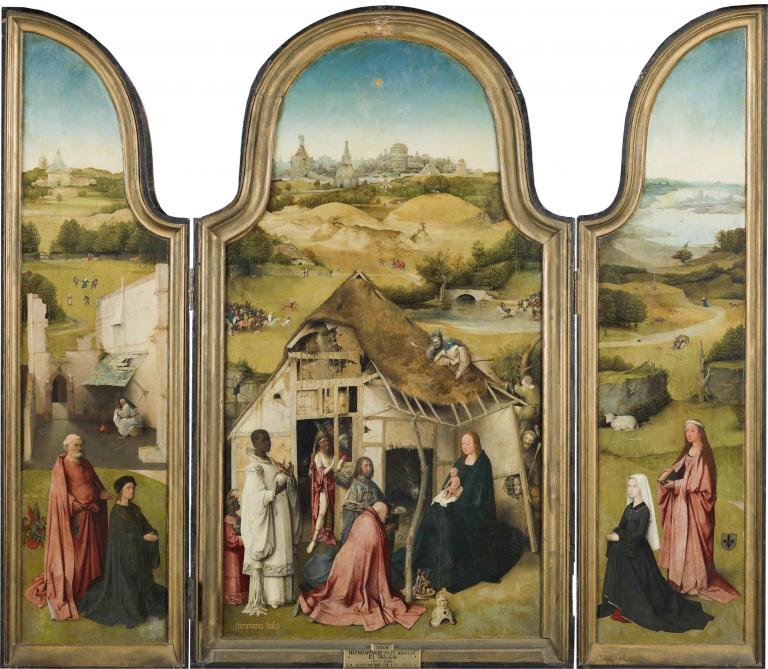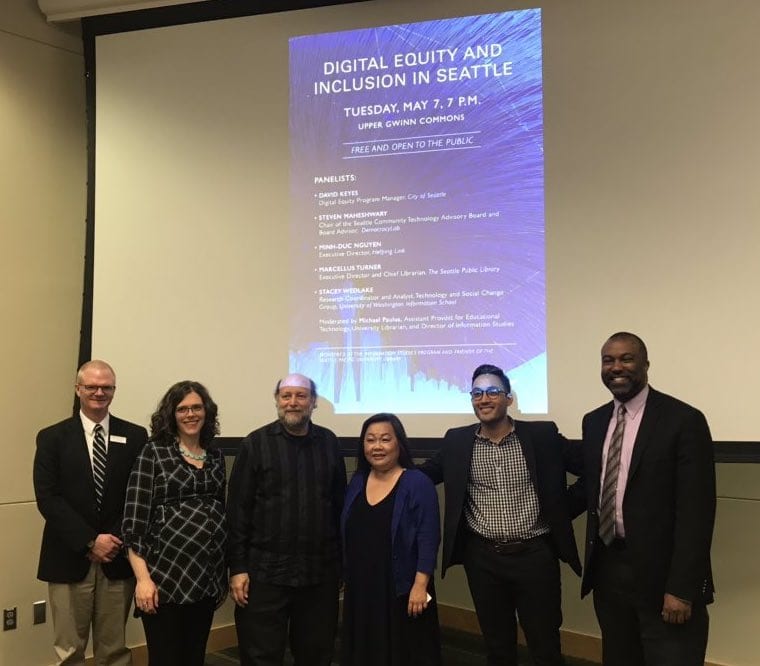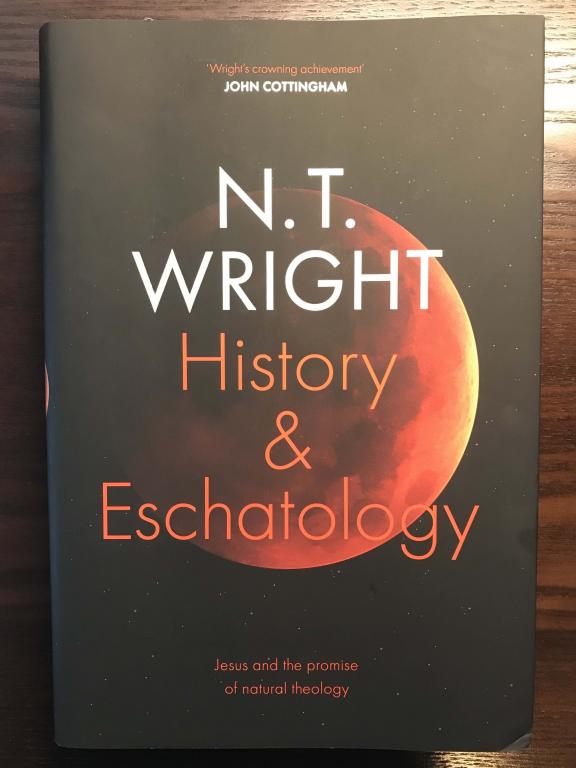This post is part of a series on technological narratives. In the first post, I explored the role of narratives in shaping how we think about technology. In the second, I looked at the City of Babel as a narrative of creative constraint. In this post, I will look at a city that fulfills the ends of creation: New Jerusalem.
This urban tale comes from the last two chapters of the book of Revelation. The word revelation is a translation of the Greek word ἀποκάλυψις, so this city is the City of the Apocalypse. This means its imagery is informed by the conventions of a literary style that collapses material and spiritual dualisms: divine knowledge augments human knowledge, the future breaks into the present, the heavens invade the earth, spiritual beings inhabit the world, and the cosmic forces of evil are uncovered and conquered.

At the end of Revelation, after God has annihilated all evil, the author of the Apocalypse is shown the final city: the “holy city … coming down out of heaven from God.” This city is perfectly planned and proportioned, an enormous cube measuring some 1,500 miles on each side—twelve hundred times larger than the ancient city of Babylon as it was measured by Herodotus.
The holy city is made of and adorned with precious earthly materials, and the names of God’s people are inscribed upon its gates and foundations. The shape of the city is the same as the holy of holies, suggesting that the whole city functions as a temple—so there is no temple in it. God is fully present in the city, dwelling with God’s diverse peoples, and Jesus Christ fully enlightens it. Here, suffering and death are no more and all things are made new.
This vision of the end is not a return to an Edenic or pre-agrarian paradise. While New Jerusalem is described with figurative rather than literal language, this promised city can be interpreted as a justification of human technological innovation. For into this city the rulers of the earth—refugees from Babylon, the final earthly city to fall—bring “the glory and the honor of the nations.” Among these glories one can imagine the best of the technological creations that shaped humankind through each information revolution. Technology is not merely a product of human hubris, as Neil Postman believed, but part of God’s plan.
Nature’s creative works, like humanity’s, are also constrained, renewed, and integrated into the city: flowing through the middle of the street is a river of living water lined by fruit trees with healing leaves; the chaotic sea is no more; and the sun and moon have been replaced by the glory of God.
Babel begins with humans saying, “Come, let us build ourselves a city.” The gift of New Jerusalem is introduced with the invitation, “Come, I will show you … the holy city Jerusalem.” In the Apocalyptic City, the technological narratives of suspicion—of Desire, Hope, the Sacred, Alienation, and Exploitation—are answered. Human Desire is fulfilled by the love of God. True Hope is received and realized. Everything is Sacred and humans are reconciled with God, each other, and nature. Evil, Alienation, and Exploitation are no more.
While Babel reveals the limits of human agency, New Jerusalem reveals the fulfillment of divine, natural, and human creativity.
Fulfillment and fall converge in the cities we inhabit. In The City of God, written after the fall of Rome, Augustine tells the history of humanity and the world as a tale of two cities—the earthly city and the heavenly city. Every city, he claims, has “a double significance: in one respect it displays its own presence, and in the other it serves by its presence to signify the Heavenly City.” The heavenly city is present when “love of God has been given first place” instead of love of self.
At the heart of the Christian biblical narrative, these loves converge most powerfully in Jerusalem in first century—the third and next technological narrative in this series.












